EXPERT AIR QUALITY AND MOLD TESTING SERVICES IN THE MILWAUKEE METRO AREA
Discover Elite Indoor Air's Mission
Watch our short video to see how we protect your indoor spaces for better health.
Breathe Easy with Elite Indoor Air
Expertise in Best Practices for Air Quality, Mold Detection, Decontamination, Duct & Deep Cleaning

Assess the Health of Your Air
Take control of your indoor environment with our expert air testing that measures Particulate Matter, Formaldehyde (the most common Volatile Organic Compound), CO2, and Humidity. We are dedicated to helping you ensure the health and well-being of your loved ones by improving your air quality.
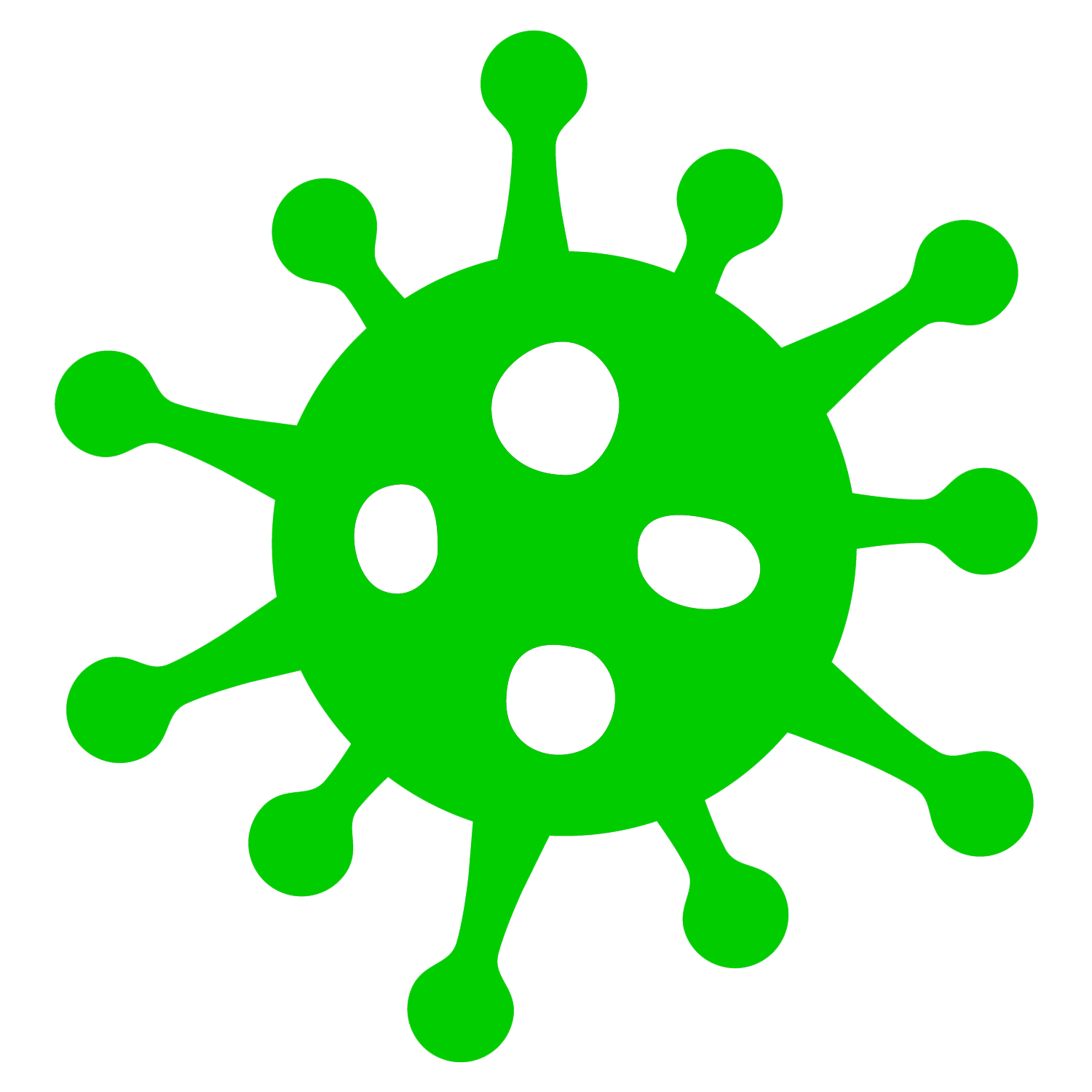
Is Mold Lurking in Your Indoor Environment?
Our dedicated team of certified inspectors specializes in residential and commercial settings. With expertise in identifying environmental pathogens, we provide comprehensive recommendations based on our findings.
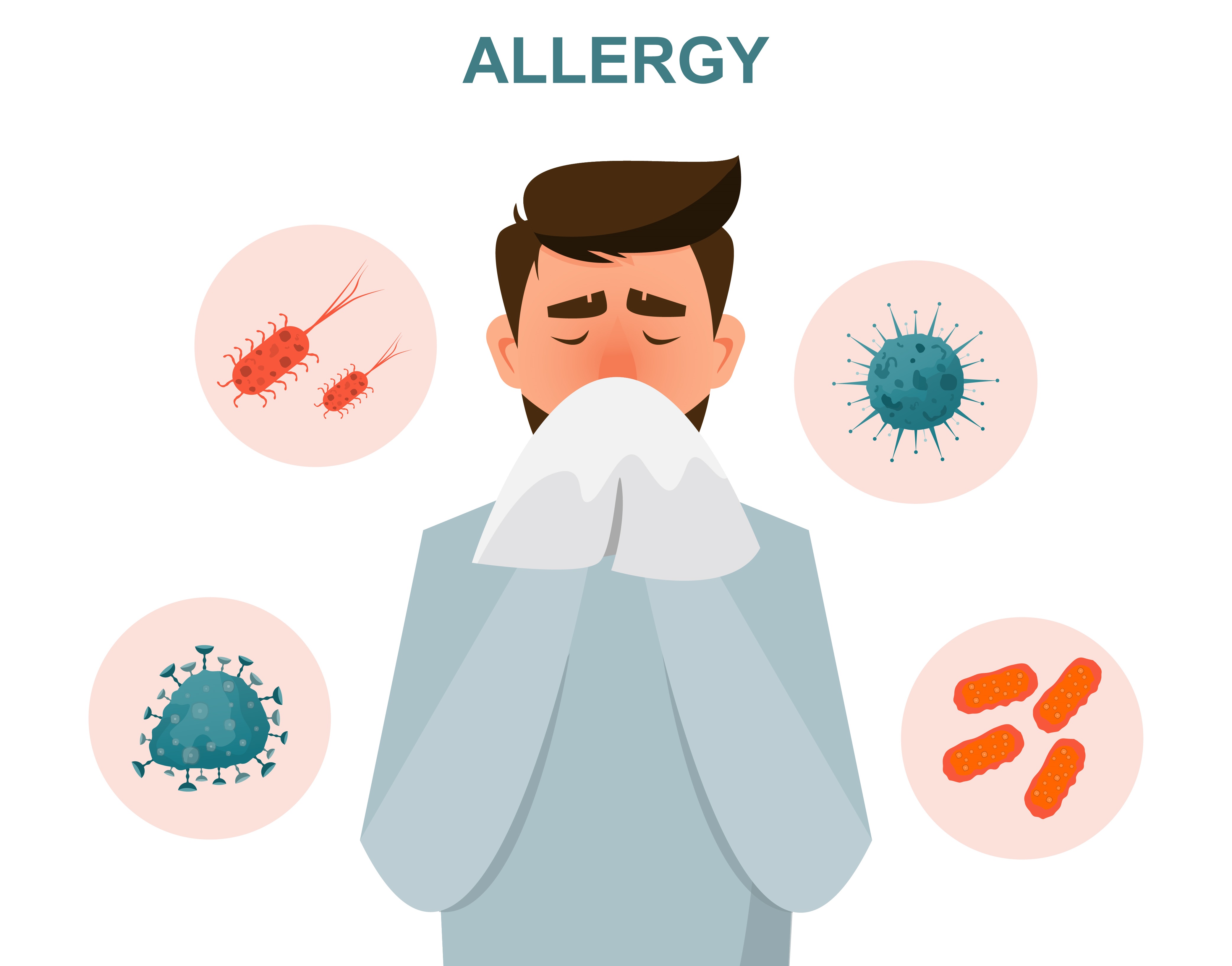
Identify Irritants that can Trigger Allergies
We employ a comprehensive testing methodology that focuses on measuring pathogens and irritants. By utilizing three meticulous procedures, we bring to light the substances that can exacerbate allergies, helping you better understand and address potential triggers.
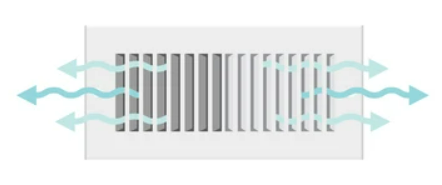
Duct Cleaning & Decontamination for a Healthier Home
Experience the best of duct and deep cleaning services with us. Our meticulous decontamination procedure entails the comprehensive disinfection of all areas that were impacted by mold, and we eliminate any remaining moisture and traces of mold.
AREAS WE SERVE
Waukesha
Milwaukee
Madison
Brookfield
Pewaukee
Oconomowoc
This is not your average mold testing.

We measure pathogens and irritants using comprehensive testing methodology.
We begin by obtaining a control sample from the area outside the building. This serves as our baseline to distinguish between pathogens and irritants originating from inside the building versus those naturally present outdoors. Afterward, we acquire a minimum of two samples from inside the home, targeting areas where we suspect the presence of dampness and potential mold-related risks.
We collect air samples using specialized equipment, often employing the air pump method to actively draw air through a spore trap or cassette. This cutting-edge device actively captures and analyzes mold spores present in the air.
The collected samples are then sent to a laboratory for analysis.
Our mold testing laboratory combines cutting-edge technology with expert precision. Our skilled technicians harness the power of AI to enhance testing results, ensuring you receive the most accurate and reliable mold assessments.
🔍Digitizing Samples: At our specialized lab, we digitize your samples to enhance accuracy.
🧠AI-Powered Analysis: Our AI algorithms excel at efficiently analyzing vast datasets of air quality and mold spore samples. This means quicker and more accurate detection of patterns and trends in mold presence and concentration.
📖Mold Species Recognition: AI can identify specific mold types and their concentrations in air samples. This elevates the accuracy of mold species identification, ensuring you get precise results.
🔮Predictive Insights: Using historical data, AI can foresee potential mold growth based on environmental conditions. This proactive approach aids in mold prevention, saving time and resources.
📡Real-Time Monitoring: We continuously monitor air quality and swiftly detect changes in mold spore concentrations. Your safety is our priority!
Experience the future of mold testing with us. Say goodbye to uncertainty and hello to precision and efficiency! 🌟
We deliver an easy-to-read report that provides clear and informative results about mold presence and concentration in a tested area. Here's how it works:
🔍Interpretation: Analyzing the samples generates a report with a mold level indicator. This indicator offers a visual representation and reveals the extent of contamination in the tested environment.
🌟Clear Visualization: The mold level indicator is displayed in an easy-to-understand format within the report. It uses color-coding, numerical scales, and visual icons to represent different levels of mold presence, ranging from low to high. The report includes images of the actual objects found in the air. We include all the complete lab data for those who want to geek out!
📋Recommendations: Alongside the mold level indicator, our report includes tailored suggestions for remediation or further action. These recommendations guide you on addressing the mold issue effectively.
🧐Client Understanding: We take time to walk you through the report to make 100% sure that you grasp the seriousness of the mold problem. We help you make informed decisions and take cost-effective action. 🌈📊🛠️
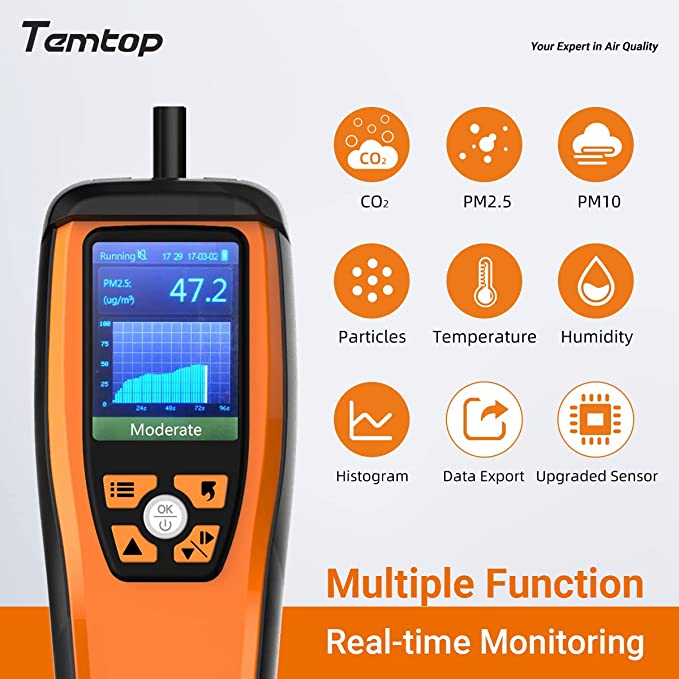
We also employ a handheld Air Quality Detector to measure airborne particulate matter and volatile organic compounds, providing data on the following:

Mold Problem?
Comprehensive Assessment: Our Mold Test provides a complete evaluation of your environment, capturing pathogens and providing a snapshot of their presence.
The test identifies 90+ molds and 10+ Air Particle Types uncovering potential air quality and health concerns.
Empowered Decision-Making: Armed with the results, you can make informed decisions
to address issues. We're experts in recognizing mold's harm to air quality and health.
Air Analysis
Particulate Matter - Monitoring PM levels assesses air quality and its impact on respiratory health.
Formaldehyde: Detecting this pollutant helps identify health risks and take mitigation measures.
Carbon Dioxide(CO2): Monitoring CO2 levels is crucial for assessing ventilation.
Humidity: High humidity promotes mold growth, while low humidity can cause respiratory irritation.
Lab Verification
We conduct sampling to capture mold spores present. We identify the mold contamination and assess potential health risks.
Surface Sampling: Our tape lift test is designed to identify specific molds.
Customized Recommendations: Based on the test results, we offer recommendations tailored to your specific mold situation.
Our goal is to empower you with the knowledge needed to address mold issues effectively.

Air Quality Assessment
Uncover the hidden pollutants and allergens that may be compromising the air you breathe. Our cutting-edge technology and expertise allow us to provide in-depth assessments to identify and analyze air quality concerns.

Mold Detection & Testing
Say goodbye to costly, time-consuming, and confusing mold testing. Our modern AI techniques pinpoint mold, offer clear solutions, and provide user-friendly reports with air quality images for an effortless experience.

Surface Sanitation & Deep Cleaning
Experience a healthier home with pristine surfaces. Our expert team employs eco-friendly products and cutting-edge techniques to eradicate harmful bacteria, viruses, and contaminants from surfaces. We can eradicate the bacteria that cause odors too!

Air Scrubber
Mold and contaminants can infiltrate indoor spaces over time, even with prevention efforts. Our air scrubbers provide a clean air solution, reducing triggers for symptoms and fostering a healthier home environment.
Or call (262) 205-1564
AI-Generated Reports with Expert Oversight
Our reports include digital images of the actual pathogens found in the environment.
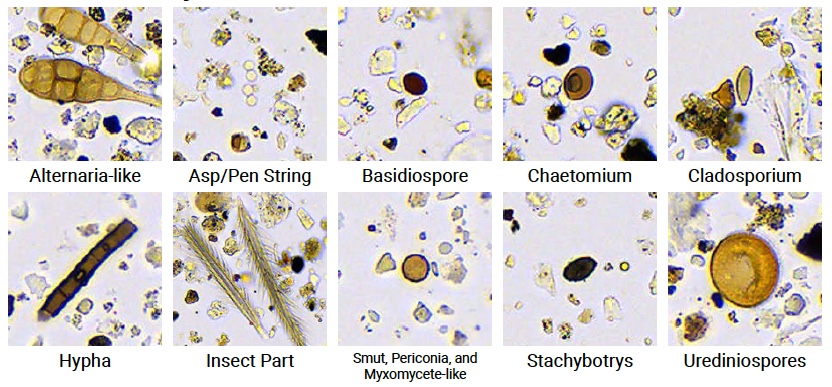
Discover the Variety of Mold Types We Analyze.
Mold Spores (90+ Types)
- Aspergillus/Penicillium Chains - Chaetomium - Fusarium - Gliomastix - Scopulariopsis - Stachybotrys - Ulocladium - Wallemia - Alternaria-like - Aspergillus/Penicillium - Cladosporium - Arthrinium - Ascospore - Basidiospore - Bipolaris - Bispora - Botrytis - Brachysporium-like - Cercospora - Chaetoconis - Coelomycete - Curvularia - Epicoccum - Exosporium - Fusicladium - Lasiosphaeria - Mitospore - Myrothecium - Nigrospora - Oidium - Paecilomyces - Pestilotiopsis - Pithomyces - Polythrincium - Pyricularia - Smut, Perconia, and Myxomycte-like - Spegazzinia - Stemphylium - Torula - Trichocladiu - Urediniospores - Zygomycetes - Zygophiala - and many more…
Air Particles (10+ Types)
- Particulates & sizes - Animal skin - Human skin - Pollen - Insect parts - Carbon - Pollen - Insect parts - and more…
Easily Understand Mold Levels in Your Report
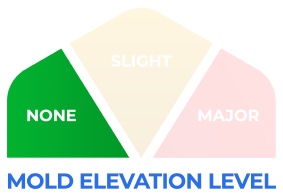
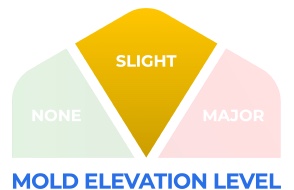

AIR QUALITY INFO
WARNING: INDOOR AIR POLLUTION IS A HEALTH RISK
Do you have headaches, dizziness, and fatigue? Struggle with allergy or asthma symptoms?
We've compiled important information about air quality, surface sanitation, and your health.
WHAT IS INDOOR AIR POLLUTION? AND WHY
DOES IT MATTER?
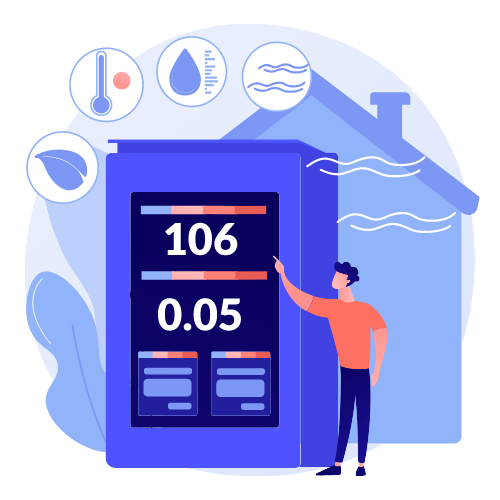
If you or anyone you know if experiencing any of these symptoms, it may be because of poor air quality...
HEALTH RISKS OF PARTICULATE MATTER

Many people's lungs feel irritated when breathing air high in particulate matter. The good news is, this is one of the easiest problems to solve with good air purification...
WHAT IS INDOOR AIR POLLUTION?
WHY DOES IT MATTER?

If you or anyone you know if experiencing any of these symptoms, it may be because of poor air quality...
PARTICULATE MATTER & YOUR HEALTH

Many people's lungs feel irritated when breathing air high in particulate matter. The good news is, this is one of the easiest problems to solve with good air purification...
PATHOGEN REDUCTION

You already know that washing your hands and not touching your face helps reduce the likelihood of getting sick. You may not understand another thing you can do: improve your air quality...
SURFACE SANITATION
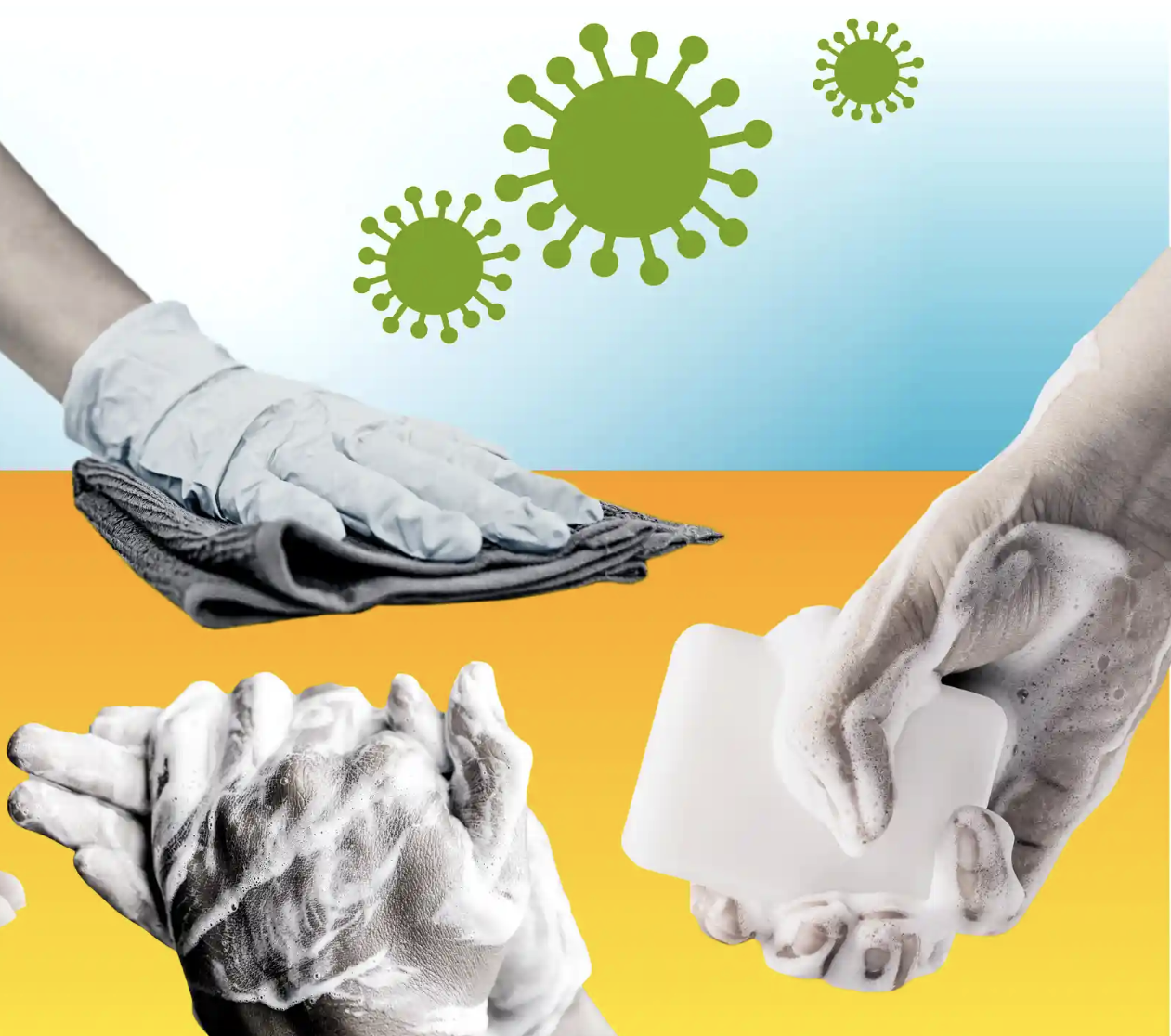
We are on a mission to protect indoor spaces and support healthy, clean air for everyone. Here's some info about reducing VOC's in your home that will help you breathe easy...
PATHOGEN REDUCTION

You already know that washing your hands and not touching your face helps reduce the likelihood of getting sick. You may not understand another thing you can do: improve your air quality...
VOC'S & AIR QUALITY & ASTHMA

We are on a mission to protect indoor spaces and support healthy, clean air for everyone. Here's some info about reducing VOC's in your home that will help you breathe easy...
WHAT IS INDOOR AIR POLLUTION? WHY DOES IT MATTER?
If you or anyone you know if experiencing any of these symptoms, it may be because of poor air quality.
Irritation of the eyes, nose, and throat
Headaches
Dizziness
Fatigue
Asthma symptoms may be aggravated or worsened
The likelihood of immediate reactions to indoor air pollutants depends on several factors including age and pre existing medical conditions. Certain immediate effects are similar to those from colds or other viral diseases, so it can be difficult to determine if the symptoms are a result of exposure to indoor air pollution.
The long-term effects of exposure can include:
Respiratory diseases
Heart disease
Cancer
Long-term effects may show up either years after exposure has occurred or only after long or repeated periods of exposure. This is why it is important to try to improve the indoor air quality in your home even if symptoms are not noticeable immediately.
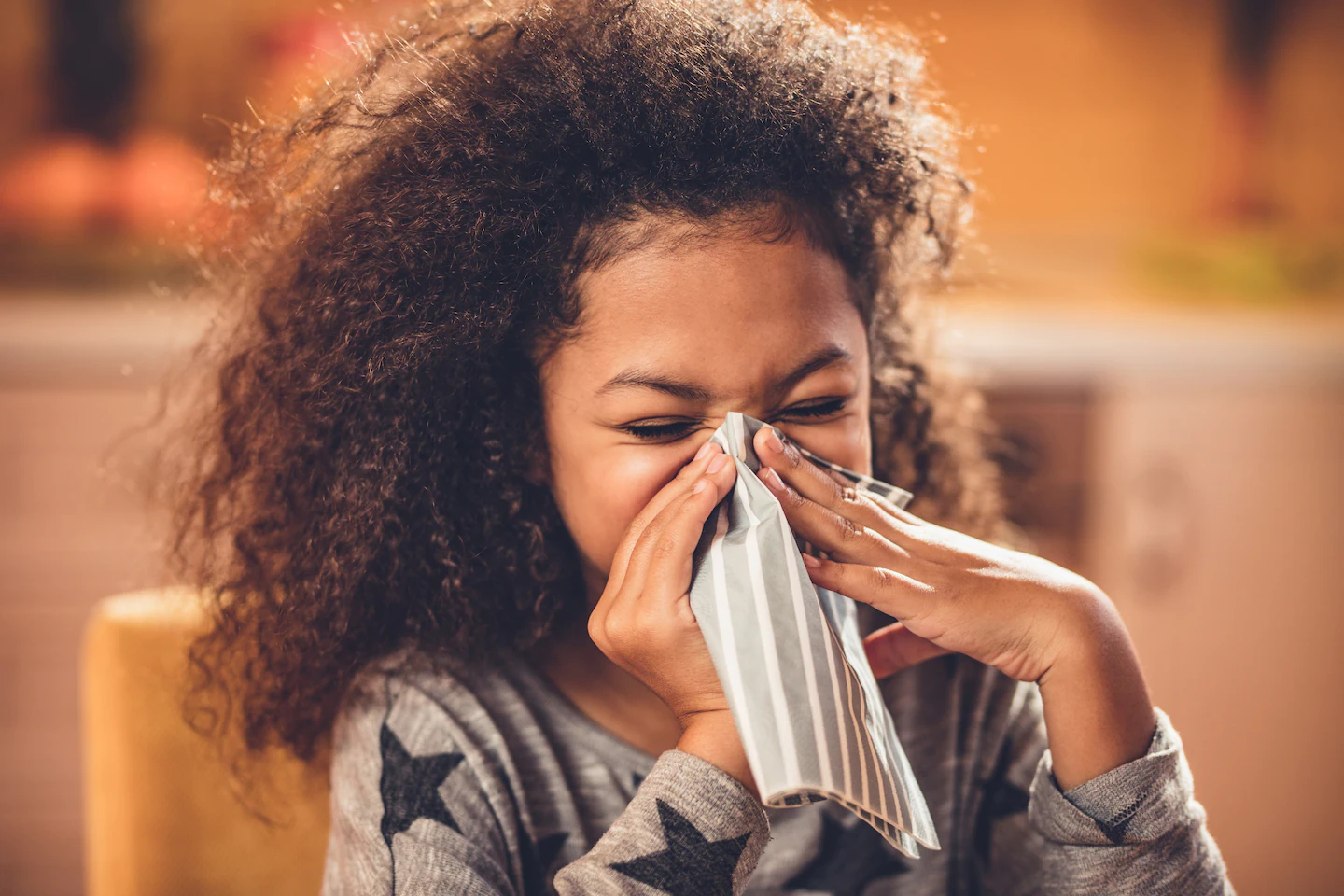
SURFACE SANITATION IS ESSENTIAL
Keeping indoor spaces clean means more than what you can see with the naked eye. It’s easy to dust, polish or wipe down home surfaces and assume they are clean. It’s what you can’t see that can make you sick. You can’t see germs that can cause illnesses like Salmonella, the flu or E. coli. Without proper disinfecting, these are germs that will thrive on the surfaces in your home and eventually infect people.
Many dangerous pathogens spread quickly on surfaces, like MRSA, RSV and Hand, Foot, and Mouth Disease. According to Anders Hakansson, PhD, “Commonly handled objects contaminated with these biofilm bacteria could act as reservoirs of bacteria for hours, weeks or months, being vehicles of spread upon contact.”
We have solutions that can help you keep surfaces sanitized without tedious constant wiping. And, if you're using harmful chemicals to sanitize surfaces, we can help you eliminate this harmful practice.
According to the WSU lab for health and the environment, "The COVID-19 pandemic has led to greater use of disinfectants and cleaning products. However, it seems that many people do not understand the efficacy of certain products and chemicals, how much to use, and the dangers associated with various toxic chemicals inside “cleaning products”. These convenient and easily available products may contain toxic substances for humans, animals and the environment." (1)
Our Surface Sanitation Test can identify harmful pathogens, many of which live on the surfaces of your indoor spaces.
We have solutions for surface sanitation that are safe for people, pets, plants, and the environment.
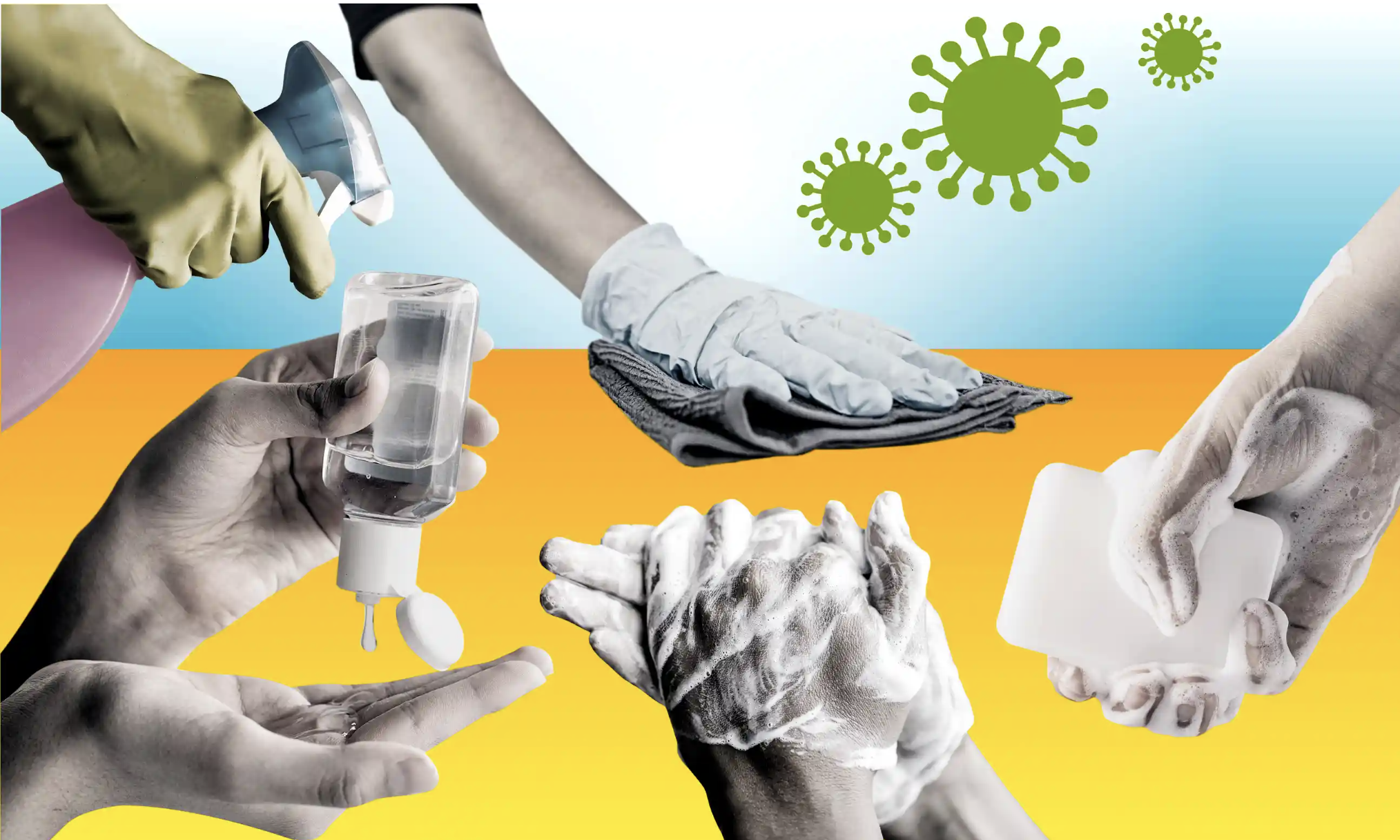
PATHOGEN REDUCTION
You already know that washing your hands and not touching your face helps reduce the likelihood of getting sick. You may not understand another thing you can do: improve your air quality.
There is a solid and surprising link between air pollution and the spread of communicable diseases. Yep, you read that right; Air pollution can affect how easy it is for you to catch germs.
For instance:
A 2020 study found that in the Netherlands, a municipality with more particulate matter will have 9.4 more COVID-19 cases.
High particulate matter has been shown to increase the risk of influenza-like illnesses.
A 2021 study connected higher rates of smog with higher rates of COVID-19, independent of other factors.
Air pollution levels are definitely connected to higher rates of communicable disease, and research shows that poor communities are exposed to elevated levels or air pollution.

So while humanity is working on reducing air pollution, what can you do about your personal indoor air quality?
Follow healthy habits such as hand-washing.
Stay home if sick and take steps to avoid infecting others, like wearing a mask.
Practice source control to reduce pollutants in your home.
Test your air quality at home to see what types of contaminants are in the air and on surfaces. If your air quality and surface sanitation is poor, invest in an air purifier. We can help you select one will significantly reduce the irritants and pathogens that are problematic in your indoor space.
VOlatile organic compounds (VOC)
We are on a mission to protect indoor spaces and support healthy, clean air for everyone. Here's some info about reducing VOC's in your home that will help you breathe easy. Most people don’t give this topic much thought until VOC related symptoms seem to not go away and doctors give a diagnosis like “Most likely environmental”.
What are VOCs anyway? VOC stands for “Volatile Organic Compound.” These substances are “volatile” meaning they evaporate easily and “organic” meaning they contain carbon. They tend to enter the air of homes and businesses via a wide range of substances—paints, carpets, furniture, smoking, heating…the list goes on and on. Nearly any new product is going to offgas a certain amount of VOCs.

Strong Evidence Links VOCs to Asthma and COPD
Asthma is the most common chronic disease of childhood in the developed world and its prevalence appears to have increased significantly over the past 30 years. Observations indicate that the rising prevalence has coincided with modifications to the home environment such as the introduction of soft furniture, fitted carpets, air conditioning, and central heating. The indoor environment should be of crucial importance since infants and elderly often spend more than 80% of their time indoors at home. The newer the home and the more insulated and air sealed the home is the greater the concern because the VOC’s are effectively trapped inside. Read what the American Lung Association has to say about it HERE.
Our Air Quality Test measures a common VOC - Formaldehyde ( CH2O ).
Any building with a lot of new pressed wood is at risk for high formaldehyde levels. Other sources can include dry-cleaned clothes, certain hair treatments, tobacco smoke, and combustion. Indications of high formaldehyde can include watery eyes, coughing, wheezing, nausea, and skin irritation. It may also cause burning sensations in the eyes, nose, and throat. We can assess and help you reduce the level of VOC's in your indoor space.
ASTHMA & ALLERGIES
Researchers have long linked asthma— a serious and life threatening chronic respiratory disease that affects the quality of life of more than 23 million Americans— with exposure to air pollution. Air pollution can make asthma symptoms worse and trigger asthma attacks.
Children are more susceptible to the effects of contaminated air because they breathe in more oxygen relative to their body weight than adults. According to the Asthma and allergy network, 1 in 12 children of school age has asthma, which is the leading cause of school absenteeism due to chronic illness. There is substantial evidence that indoor environmental exposure to allergens (such as dust mites, pests, and molds) triggers asthma symptoms.
These problems can be linked to: combustion sources such as oil, gas, kerosene, coal, wood, and tobacco products; building materials and furnishings as diverse as deteriorated, asbestos-containing insulation, wet or damp carpet, and cabinetry or furniture made of certain materials like pressed wood products; products for household cleaning and maintenance such as lysol; central heating and cooling systems and humidification devices; and outdoor sources such as radon, pesticides, and outdoor air pollution.There is also evidence that exposure to diesel exhaust from school buses and other vehicles exacerbates asthma and allergies.
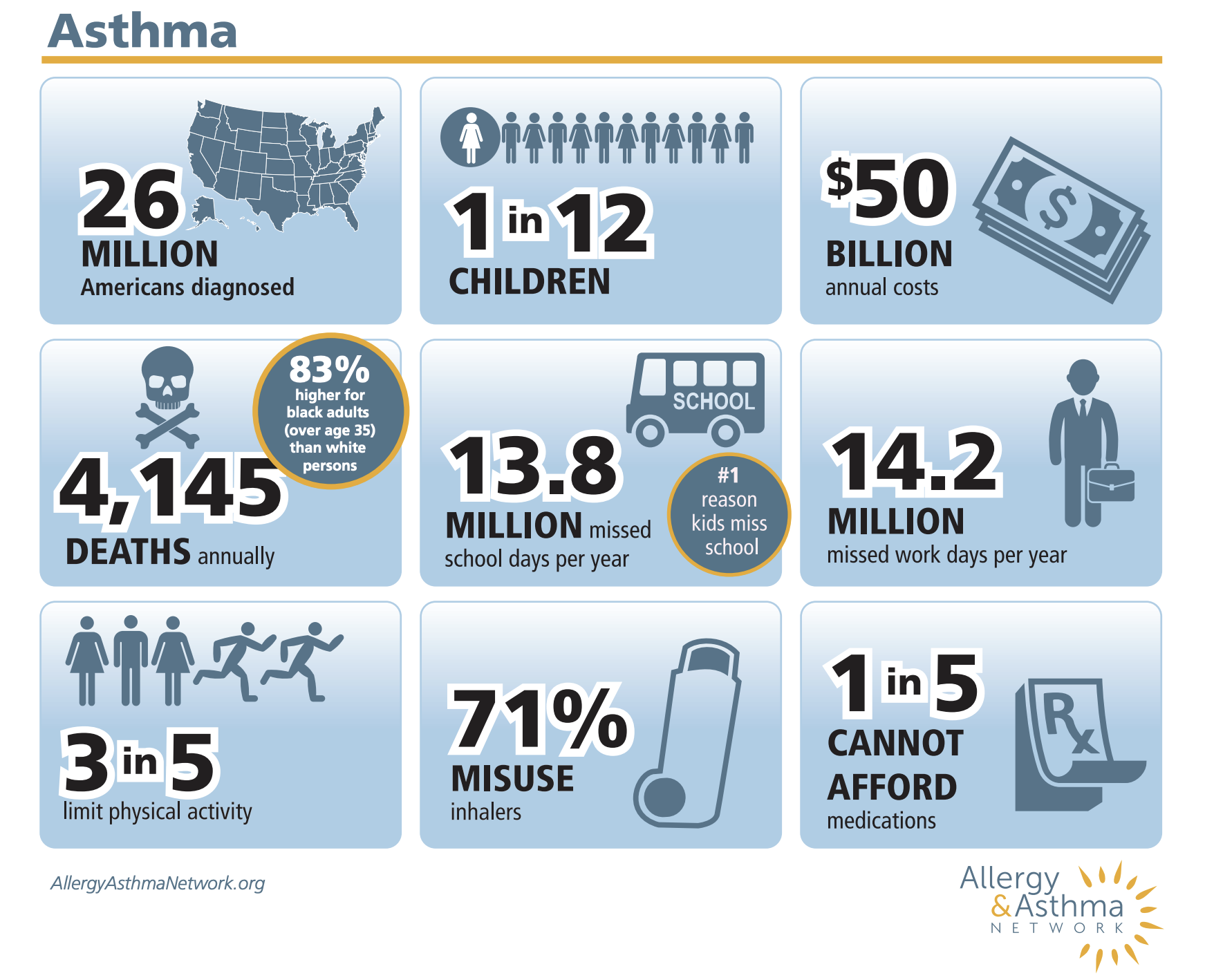
HEALTH RISKS OF PARTICULATE MATTER
Many people's lungs feel irritated when breathing air high in particulate matter. The good news is, this is one of the easiest problems to solve with good air purification.
Particulate matter is a catch-all phrase for everything small enough to be suspended in the air, but which isn’t a gas or a microbe. This includes annoying but relatively mundane things like desert sand, sea salt, pet dander, and pollen. However, it also includes things which tend to be more hazardous, such as smoke from wildfires or exhaust from power plants.
Though particulate matter can vary widely in size, regulators tend to split them into two categories abbreviated as PM10 and PM2.5. PM10 refers to particulate matter around 10 microns (one millionth of a meter) or smaller. PM2.5 refers to particulate matter around 2.5 microns or smaller. In general, the smaller the particle, the more danger it poses to human health.
Most large particulate matter comes from natural sources such as dust, pollen, or mold. However, construction, landfills, and agriculture may also contribute.
By contrast, most (but not all) smaller particulate matter tends to come from human activities. PM2.5 is created by cars, factories, power plants, road construction, cigarette smoke, trash burning, and many other industrial activities. However, forest fires also create smaller PM2.5 pollution.
How can you reduce it?
Source Control (no smoking indoors!)
Ventilation (if outdoor air quality is good)
Invest in an high quality Air Purifier

Our Air Quality Test measures particulate matter in the air, and if this is an issue in your indoor space, we can recommend an air purification solution.
QUESTIONS OR CONCERNS? WE'D BE HAPPY TO CHAT!



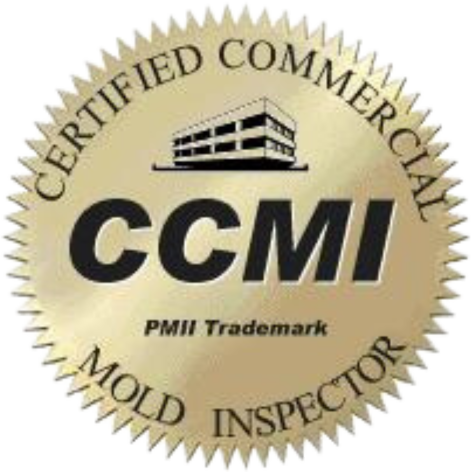



Copyright © 2023 Elite Indoor Air LLC
Waukesha, WI
Call or Text: (262) 205-1564
Email: [email protected]
